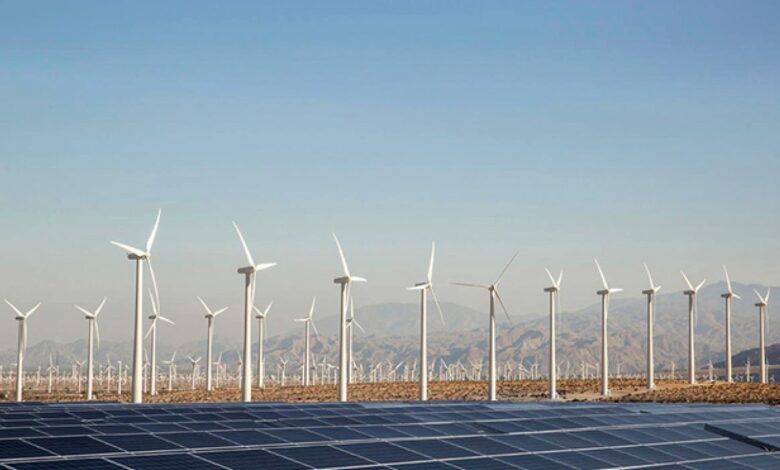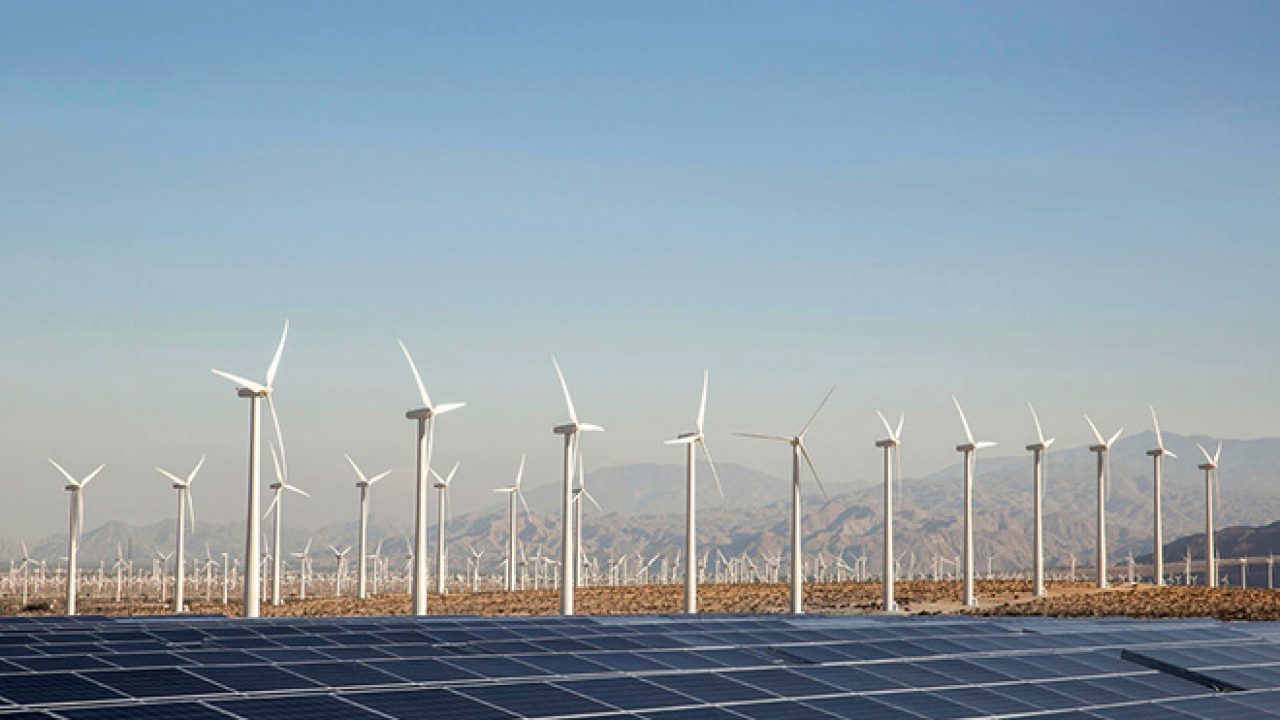A Singaporean corporation keeps an eye on the wind energy possibilities off Gujarat and Tamil Nadu

As India moves forward with its multibillion-dollar renewable energy initiative, a Singapore-based business is keenly examining the possibility of producing wind energy in deep seas off Gujarat and Tamil Nadu. Strong winds over deep waters off Gujarat and Tamil Nadu, according to Anil Bhatia, Vice President for Renewable and Hybrid Energy at HBA, are best suited for erecting larger wind turbines, ranging in size from 12 MW to 18 MW, and provide renewable energy 24 hours a day at a competitive price.
As the New Delhi government recently announced a tender for a block of 4,000 MW wind energy development, he stated, “We are actively watching possible projects.” Green ammonia and hydrogen production are competitive and viable thanks to the consistent energy generation from such offshore farms. He said that electricity at the Rs 8–12 per kWh range is feasible.
Bhatia believes that installing offshore facilities for the production of green ammonia will significantly reduce costs, particularly those associated with the cable needed to bring green energy ashore.
He compares the offshore management of hydrogen-ammonia production and exports to how the offshore oil and gas industry has been managing hydrocarbon production and shipments around platforms in deep water fields for many years. On the margins of the Offshore South East Asia (OSEA) conference, which took place from November 15–17, Bhatia stated, “We have the experience of managing such tough projects.
In several of the major wind energy generating regions, particularly Europe, 12 MW turbines are already in operation. Global industrial companies are developing and are slated to create 15 MW and 18 MW wind turbines. Bhatia is confident that he can put up wind farms ranging in size from 12 MW to 18 MW off the coasts of Gujarat and Tamil Nadu.
HBA has the benefit of managing such operations in extreme wind conditions thanks to its expertise in erecting platforms and jackets of drilling rigs for the petroleum sector, he added. According to him, if solar and wind energy production are combined, India could be among the first few nations to fully reduce its carbon footprint and even export green energy.
According to Bhatia, the most cost-effective green ammonia for India and export markets can be produced by combining larger wind turbines and ammonia ships. He said that India now relies on imported blue ammonia, which is made from petroleum, to meet its rising need for fertilizer. Nevertheless, he said, “What we see out there in the deep waters is offshore production of green ammonia from nitrogen and hydrogen, which can subsequently be extensively utilized as a fuel in ships, augmenting coal in power plants to lower the total carbon footprint.”
With modern ships being constructed to run on hybrid fuel, the global shipping industry has set “green objectives,” and the automotive sector has started developing electric cars and other fuels fueled by renewable energy as the globe decarbonizes. He said, “These are some of the significant changes occurring internationally at a rapid rate.”
Ammonia as a coal substitute has previously been tested in power plants by the Japanese. Hassan Basma, a seasoned professional in the energy sector who launched HBA in 2015, claims that Japan intends to purchase three million tonnes of ammonia annually beginning in 2026.
According to Bhatia, HBA has developed its concepts into projects as pressure from the COP27, environmentalists, and governments pressing toward their Net Zero targets has increased. He also noted that several blocks have been set up for offshore deep-water wind energy complexes in the Southeast Asian region.
Given the insatiable ammonia demand, particularly from fertilizer manufacturers, Bhatia, a Mumbai native, said, “We plan to export green ammonia from these projects, with India being one of the most attractive markets.” Bhatia believes there will be a paradigm shift in energy use as a result of the strong support for the environment shown by world leaders.
HBA Plans To Invest In Tamil Nadu and Offshore Gujarat
The potential for producing wind energy in Gujarat and Tamil Nadu is being carefully examined by HBA, a Singapore-based business that specializes in renewable and hybrid energy. This coincides with India’s efforts to advance its multibillion-dollar renewable energy initiative. Larger wind turbines, ranging in size from 12 MW to 18 MW, may be installed in the deep oceans of Gujarat and Tamil Nadu and can provide renewable energy 24 hours a day at a reasonable cost. In Europe, these systems are already in use.
Due to the reliable energy output from such offshore farms, green ammonia and hydrogen production are competitive and financially viable. It is conceivable to buy electricity in the Rs 8–12 per kWh range. There is a great deal of potential for cost savings when setting up offshore facilities to produce green ammonia, especially when it comes to the cables required to transport the green energy ashore. Due to its prior experience constructing jackets and platforms for the petroleum industry, HBA has an advantage in managing strong wind projects.
India currently imports blue ammonia, a petroleum-based fertiliser, to meet its demands. Nitrogen and hydrogen may be used to create green ammonia in India, which is widely used in ships. The maritime industry has already established “green targets,” with newer ships being built to run on a hybrid fuel, while the automotive industry has started creating electric cars and other fuels fueled by renewable energy as the world decarbonizes. These are only a few of the big global changes that are developing swiftly.
edited and proofread by nikita sharma



